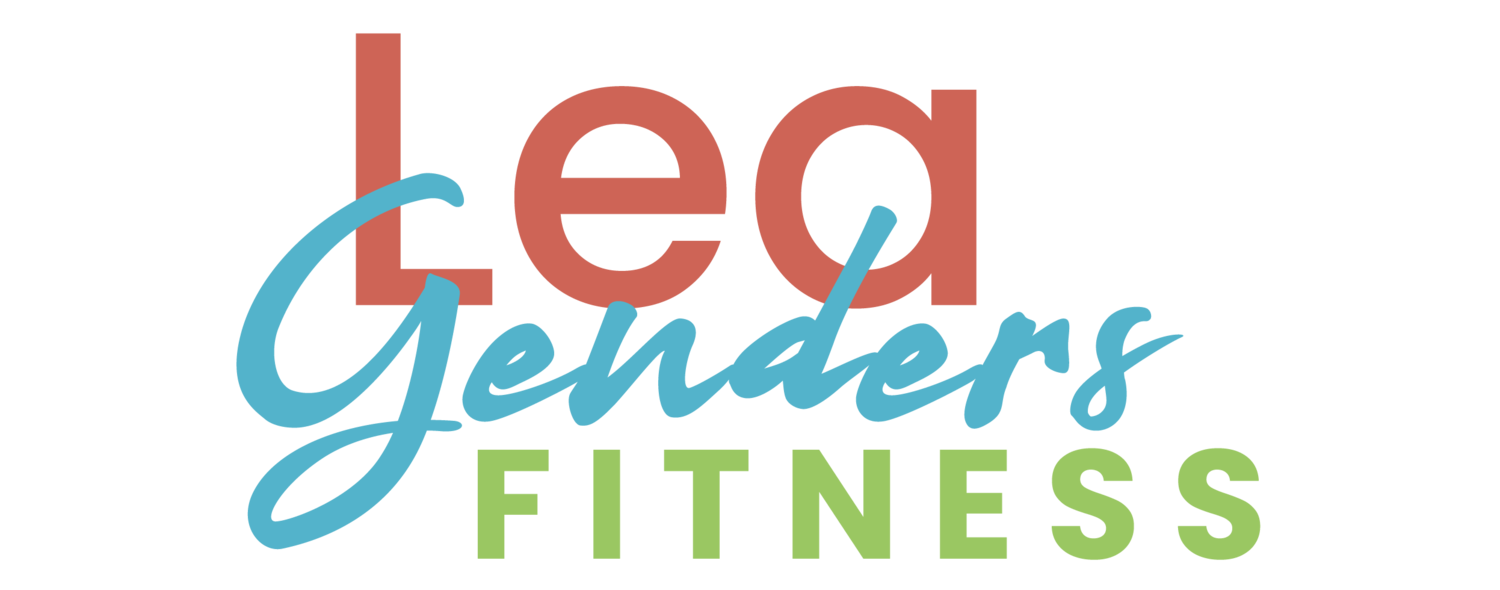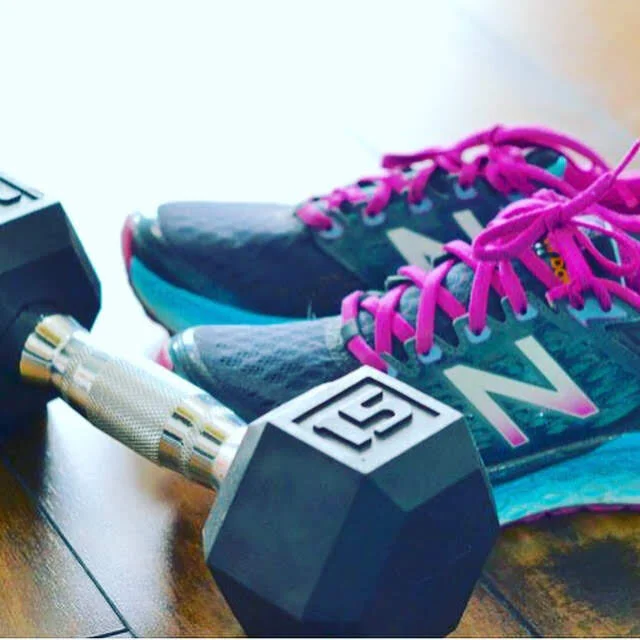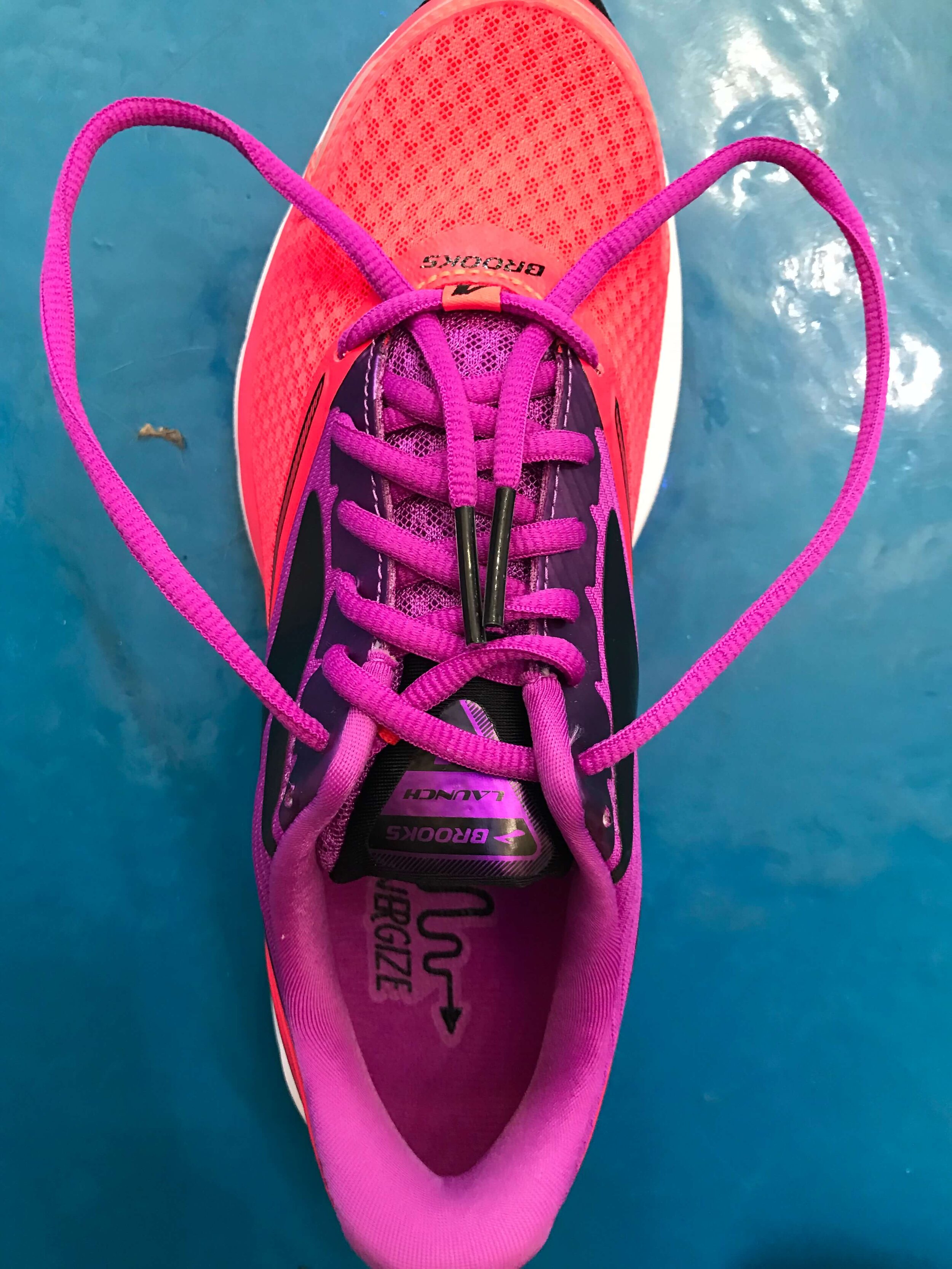Runners are notorious for being runners. D'uh, right? I know because I was there. I love(d) to run. I worked out an hour a day 4-5 times a week and it was all running, because that is what I loved to do. I know I needed to exercise and now I found this exercise that I love. I was burning calories, moving my body and strengthening my heart. I was exercising. Most people don't even get off the couch. Yay me.
Then someone comes along and tells me that it's not enough...that I just can't run all the time, that I need to do more. Even worse, I need to do less of what I love and more of something that I love not-so-much, strength training. UGH.
At that time I may have had visions of spending hours in the gym, but I quickly learned it didn't have to be all-or-nothing. There are many ways to work strength training into a running routine, I could do both. I could focus on running as my priority while also getting in my strength training. Turns out strength training made me a better runner. I got faster, leaner and was less prone to those pesky running injuries. What's not to love about that?
The first step is to stop thinking of strength training as something that you have to do instead of running, consider it something that you do to improve your running performance. Just like sports athletes work with a strength coach, a runner can improve at their sport by focusing on gaining strength, improving flexibility and fixing imbalances.
5 WAYS TO FIT IN STRENGTH TRAINING IN YOUR RUNNING ROUTINE
ADD 15 MINUTES TO THE END OF YOUR EASY RUN DAYS
It doesn't have to be all-or-nothing. If you can't spend an hour on strength training, just add a quick strength workout to the end of your runs on easy days. Spend 15 minutes focusing on runner specific strength. Start with twice a week and add additional days as you get stronger.
BREAK UP THE MILES BY ADDING STRENGTH MOVES ALONG YOUR RUNNING ROUTE
Do it obstacle course style. Run a mile, then do 10 squats, 10 pushups and a 30 second plank. Repeat at the end of every mile. Vary your exercises on different days. On your next run do 10 lateral squats, 10 lunges and 10 tricep dips after each mile.
Run past a park bench? Try these exercises. How about outdoor stairs? There are plenty of ways to break up your easy run with some strength training moves.
Try incorporating running intervals into your strength workouts, like this one.
Go ahead get in those reps, your running partner can wait.
DO TWO 30 FULL BODY WORKOUTS A WEEK
If you would rather focus on running during your run days, then start with two 30 minute full body workouts each week. Try doing compound movements (like squats with overhead press) and circuit-style workouts help maximize your time in the gym to get the most bang for your biceps.
JOIN A CLASS OR BOOTCAMP
Misery loves company? Or so they say. Too bad bootcamps are fun and when you join with other like-minded people you can get in running shape while having fun.
HIRE A COACH
If you can't muster up the motivation to do anything but run, it may be time to hire a coach for some accountability. A coach can help ensure you are getting the most of that time away from running. I am both a running coach and a personal trainer, so I can help you meet your running goals while building runner-specific strength to avoid injuries.
One point I'd like to reinforce is that strength training should always be done on easy run days. High intensity runs should not compounded by additional strength work. In other words, don't max out on hill work or speed intervals, then try to get in strength training afterwards.
Always take rest days after hard or high intensity days. Remember that our body adapts to the effects of exercise (gets stronger, faster) during rest, not during the workout itself. Always give adequate time for your body to rest and repair for maximum results. Got it? Good.
Like this post? Please consider sharing.


































Discover the 5 stages of fitness progression—from building the habit to optimizing your routine. Learn how to stay consistent, make progress at your own pace, and create a sustainable fitness lifestyle without the pressure of perfection.